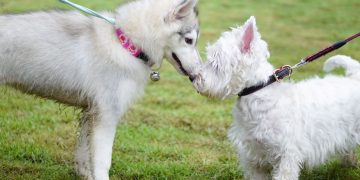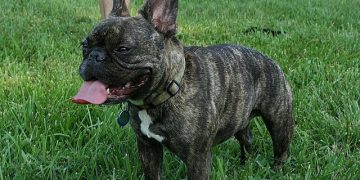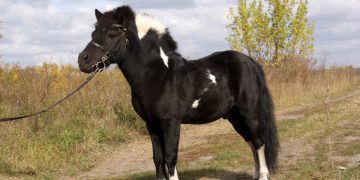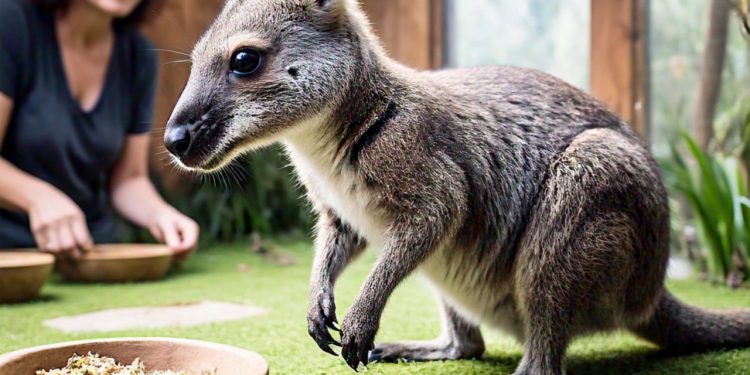The exotic pet trade is an ever-growing market, with wallabies—small marsupials native to Australia and nearby islands—emerging as a sought-after option for exotic pet enthusiasts. Known for their friendly demeanor, compact size, and unique hopping movement, wallabies are ideal for those seeking a fascinating pet. Breeding wallabies successfully, however, requires a deep understanding of their biology, strict adherence to regulations, and a commitment to ethical practices. This comprehensive guide will walk you through the steps to building a successful wallaby breeding business.
Understanding Wallabies: The Basics
Species Overview
Wallabies belong to the macropod family, which also includes kangaroos. While there are over 30 species, the most commonly bred wallabies in captivity include the Bennett’s wallaby, Tammar wallaby, and Agile wallaby.
- Size: Depending on the species, wallabies range from 12 to 41 inches in height and weigh between 10 and 50 pounds.
- Lifespan: Wallabies can live up to 15 years in captivity with proper care.
- Behavior: Wallabies are generally shy and gentle but can form bonds with their caregivers if socialized properly.
Natural Habitat
Wallabies thrive in open woodlands, grasslands, and scrublands. Their captive environment should mimic these natural conditions to support their physical and mental well-being.
Market Research and Demand
Understanding the Market
The exotic pet trade has seen steady growth as more people seek unique, exotic animals for companionship. Wallabies have gained traction due to their manageable size and fascinating characteristics.
- Target Audience: Potential buyers include exotic pet enthusiasts, zoos, wildlife parks, and educational programs.
- Price Range: Wallabies typically sell for $2,000 to $5,000, depending on their species, age, and health status.
- Competition: The market for wallaby breeders is relatively niche, allowing knowledgeable breeders to carve out a competitive edge.
Legal and Ethical Considerations
Licensing and Permits
Breeding wallabies involves strict adherence to legal requirements:
- Federal Regulations:
- In the United States, wallabies are regulated by the USDA. Breeders must obtain a Class C exhibitor’s license for breeding and selling exotic animals.
- State and Local Laws:
- Laws governing wallaby ownership vary by state. Research your local laws to ensure compliance, as some states may restrict or ban wallabies entirely.
Ethical Responsibilities
- Animal Welfare: Prioritize the health and well-being of your wallabies by providing optimal living conditions and veterinary care.
- Educating Buyers: Ensure potential owners understand the commitment involved in owning a wallaby.
Setting Up Your Breeding Facility
A well-designed facility is essential for housing and breeding wallabies successfully.
Enclosures
- Space Requirements: Wallabies are active animals requiring large enclosures of at least 1,000 square feet per pair.
- Fencing: Install secure fencing at least 6 feet high with an inward curve to prevent escapes.
- Features: Include shaded areas, hiding spots, and open spaces for hopping.
- Ground Material: Use grass or soft dirt to mimic their natural environment and protect their feet.
Climate Control
Wallabies are accustomed to warm climates. Ensure their enclosure maintains temperatures between 50°F and 85°F. Provide heat lamps during colder months if necessary.
Quarantine Area
Set up a separate area to quarantine new arrivals and prevent the spread of disease.
Veterinary Care
Work with an exotic animal veterinarian experienced in macropods. Schedule regular check-ups and vaccinations for your breeding stock.
Breeding Wallabies: Best Practices
Choosing Breeding Stock
- Source healthy, genetically diverse wallabies from reputable breeders.
- Ensure animals are free from diseases and parasites before introducing them to your breeding program.
Reproductive Cycle
- Female wallabies reach sexual maturity between 12-24 months, while males mature slightly earlier.
- Wallabies are capable of “embryonic diapause,” meaning they can pause the development of an embryo until conditions are favorable.
Gestation and Joey Development
- The gestation period is only about 30 days. After birth, the tiny joey (about the size of a jellybean) crawls into the mother’s pouch, where it continues to develop for approximately 6-9 months.
- Once the joey emerges from the pouch, it will continue nursing for several additional months.
Socialization
- Begin socializing joeys early to ensure they are comfortable with human interaction, which increases their desirability as pets.
Nutrition and Diet
Natural Diet
Wallabies are herbivores, feeding on grasses, shrubs, and leaves in the wild.
Captive Diet
- Provide a balanced diet consisting of hay, specialized wallaby pellets, fresh vegetables, and occasional fruits as treats.
- Ensure access to clean, fresh water at all times.
- Avoid feeding foods high in sugar or processed ingredients, as these can lead to health issues.
Marketing Your Wallaby Breeding Business
Building a Brand
- Create a professional website that highlights your expertise, facilities, and available wallabies.
- Showcase high-quality images and videos of your animals in naturalistic environments.
Social Media Presence
- Use platforms like Instagram, Facebook, and TikTok to share content about your wallabies, breeding process, and care tips.
- Post regularly to engage with your audience and build a loyal following.
Networking
- Attend exotic animal expos and trade shows to connect with potential buyers and other breeders.
- Collaborate with wildlife parks and educational institutions to enhance your credibility.
Challenges and Solutions
Health Issues
- Common health concerns include malnutrition, foot injuries, and parasitic infections. Address these through proper diet, habitat maintenance, and veterinary care.
Regulatory Changes
- Stay informed about changes in exotic pet laws. Joining industry associations can help you stay ahead of potential regulatory challenges.
Buyer Education
- Prevent neglect or abandonment by thoroughly educating buyers about the responsibilities of wallaby ownership. Offer care guides and post-purchase support.
Sustainability and Growth
To ensure long-term success, focus on sustainable practices and business expansion:
- Ethical Breeding: Limit the number of litters to avoid overbreeding and stress on your animals.
- Reinvestment: Use profits to improve facilities, expand your breeding program, and invest in marketing efforts.
- Diversification: Consider offering related services, such as wallaby care workshops or habitat consultation.
Conclusion
Starting a wallaby breeding business is a rewarding endeavor for animal lovers with a passion for exotic pets. By prioritizing animal welfare, adhering to legal requirements, and building a strong marketing strategy, you can establish a thriving enterprise in this niche market. Success in the exotic pet trade demands dedication, adaptability, and a commitment to ethical practices, but with the right approach, it can also be a highly lucrative and fulfilling career.

























